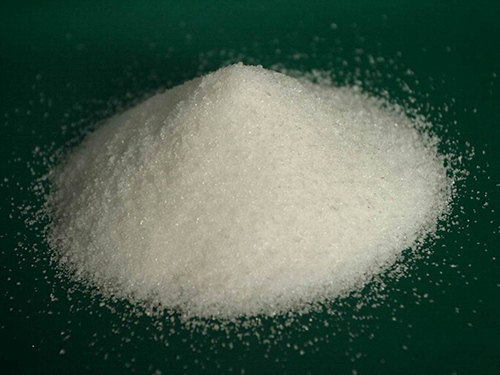poly aluminum chloride sds
Safety Data Sheet (SDS) for Poly Aluminum Chloride
Introduction
Poly Aluminum Chloride (PAC) is a widely used chemical in various applications, particularly in water treatment, paper manufacturing, and as a coagulant in the food industry. Its efficacy in removing impurities, bacteria, and suspended solids makes it an essential compound in ensuring clean and safe water. However, like any chemical, PAC poses certain health and safety concerns that must be addressed. This article provides a comprehensive overview of the Safety Data Sheet (SDS) for Poly Aluminum Chloride, focusing on its hazardous properties, handling, and safety measures.
Chemical Identification
Poly Aluminum Chloride is classified under the chemical formula Aln(OH)mCl(3n-m), where n refers to the degree of polymerization. It is available in various forms, including solid and liquid, and can range in color from white to yellow. The chemical is known for its high solubility in water, making it an effective agent in various industrial processes.
Hazard Identification
According to the SDS, Poly Aluminum Chloride is generally regarded as safe when used appropriately; however, exposure to this compound can result in several health hazards
1. Skin and Eye Irritation PAC can cause irritation to the skin upon contact. Prolonged exposure may lead to dermatitis. Splashes into the eyes can produce significant irritation and may require medical attention.
2. Respiratory Issues Inhalation of PAC dust or mist may irritate the respiratory tract, leading to symptoms such as coughing or difficulty breathing. Individuals with pre-existing respiratory conditions, such as asthma, should exercise caution.
3. Ingestion Risks Accidental ingestion can lead to gastrointestinal irritation. Symptoms may include nausea, vomiting, and diarrhea.
The SDS emphasizes the importance of using proper protective equipment to mitigate these risks.
First-Aid Measures
In the event of exposure to Poly Aluminum Chloride, immediate actions are crucial
poly aluminum chloride sds

- Skin Contact Remove contaminated clothing and rinse the affected area with plenty of water for at least 15 minutes. Seek medical assistance if irritation persists.
- Eye Contact Flush eyes with water for at least 15 minutes while holding the eyelids open to ensure thorough rinsing. Consult a healthcare professional immediately.
- Inhalation Move the affected individual to fresh air. If symptoms such as coughing or difficulty breathing occur, seek medical attention.
- Ingestion Do not induce vomiting. Instead, rinse the mouth with water and seek medical help immediately.
Handling and Storage
When working with Poly Aluminum Chloride, specific handling and storage practices should be followed
- Personal Protective Equipment (PPE) It is critical to wear appropriate PPE, including gloves, goggles, and respiratory protection, when handling PAC. This minimizes the risk of exposure to skin, eyes, and respiratory pathways.
- Storage Conditions Store PAC in a cool, dry place away from incompatible materials, such as strong acids and bases. Containers should be tightly closed to prevent moisture absorption and contamination.
- Training and Awareness Employees should be trained on proper handling techniques and emergency procedures related to Poly Aluminum Chloride.
Environmental Considerations
PAC can have environmental implications if not managed properly. It is essential to avoid releasing it into waterways, as it may disrupt aquatic ecosystems. Waste disposal should follow local regulations, ensuring that any residual PAC does not contaminate soil or water sources.
Conclusion
Poly Aluminum Chloride is a valuable chemical in numerous industries, particularly for its applications in water treatment and manufacturing. However, as highlighted in the SDS, proper handling and safety measures are crucial to preventing health hazards. By understanding the risks associated with PAC and implementing appropriate precautions, users can safely benefit from its properties while minimizing potential adverse effects. Always refer to the specific SDS for your product for detailed information tailored to your various needs and circumstances, ensuring a safe working environment.
-
The Power of Isothiazolinones in Modern ApplicationsNewsMay.08,2025
-
Flocculants in Water TreatmentNewsMay.08,2025
-
Flocculants and Chemical Solutions: What You Need to KnowNewsMay.08,2025
-
Flocculants and Chemical Solutions: A Growing IndustryNewsMay.08,2025
-
Essential Chemicals: Polymaleic Anhydride and MoreNewsMay.08,2025
-
Acrylic Polymers: Essential Solutions for IndustryNewsMay.08,2025





